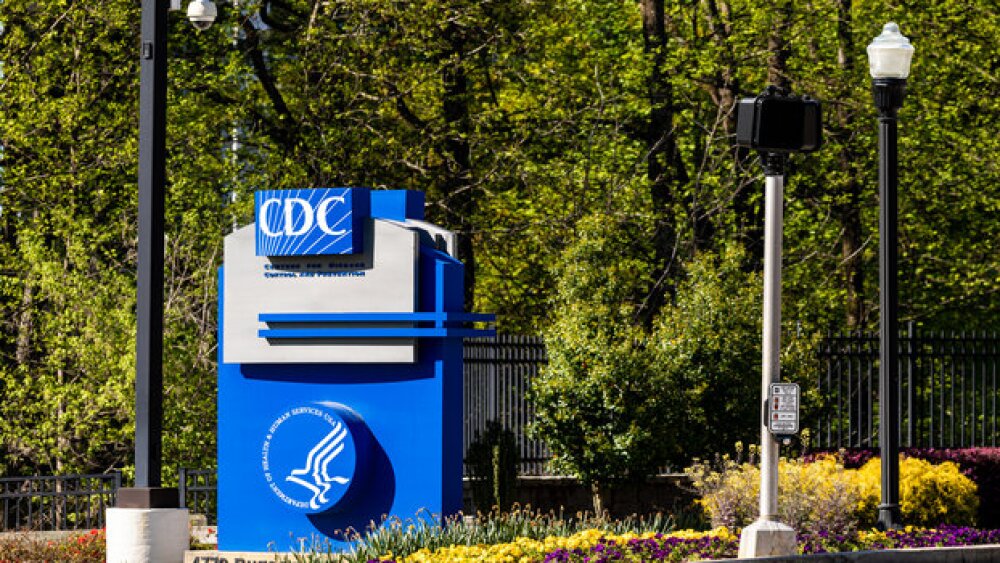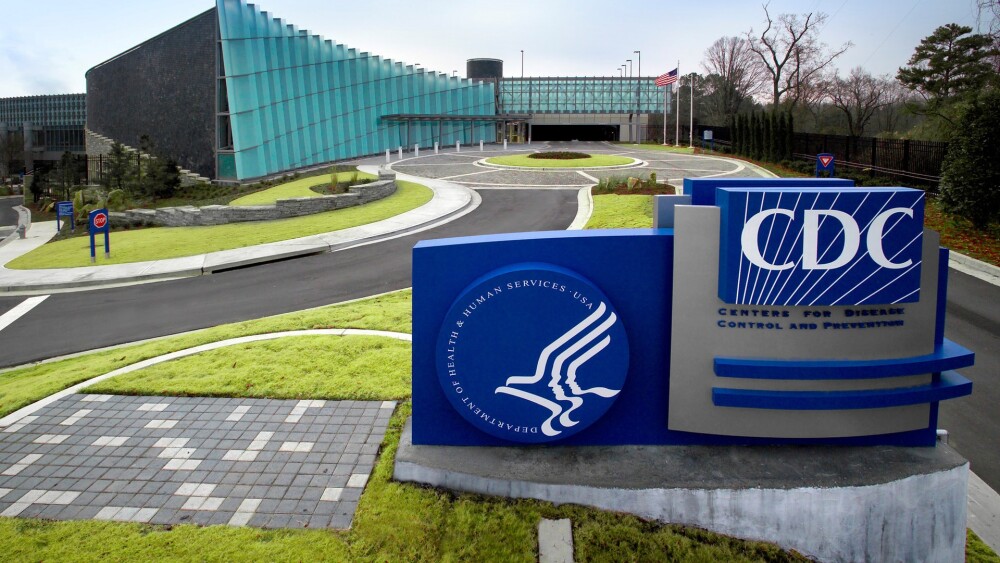Congress, the Federal Trade Commission and the U.S. Patent and Trademark Office are all targeting Big Pharma’s practice of filing multiple, overlapping patents that stifle generic and biosimilar competition.
With prescription drug prices a hot-button political issue this election year, pharmaceutical companies are feeling the heat from Congress and the Biden-Harris administration for taking advantage of the U.S. patent system to extend exclusivity and maximize profits for as long as possible.
Earlier this month, government watchdog Accountable.US released a report detailing how the manufacturers of the initial 10 prescription drugs negotiated under the Inflation Reduction Act’s Medicare Drug Price Negotiation Program have exploited patent laws to prolong monopolies and keep prescription drug prices high. At the center of the controversy is Big Pharma’s practice of filing multiple, overlapping patents for the same product, creating a “thicket” that effectively stifles generic and biosimilar competition.
The report pointed to Johnson & Johnson’s blood thinner Xarelto as a “prime example” of a patent thicket, with the company filing 49 patents for over a decade of market exclusivity. Another is Amgen’ autoimmune disease treatment Enbrel. The company has filed 57 patent applications for the drug since it came to market in 1990, 72% of which came after FDA approval “with the aim of delaying competition by 39 years,” according to Accountable.US.
However, the Pharmaceutical Research and Manufacturers of America (PhRMA), the industry’s lobby in Washington, has repeatedly tried to dispel the “myths” surrounding “so-called patent thickets” and “unsubstantiated allegations” about Big Pharma’s abuses of the U.S. patent system.
“Narratives about the quantity of patents and the families of patents comprising so-called ‘patent thickets’ are driven by questionable data and misunderstandings about patent coverage,” PhRMA wrote in comments last month to the U.S. Patent and Trademark Office (USPTO), opposing a proposed rule that could be a boon for patent challengers.
Tools in Big Pharma’s Patent Arsenal
Primary patents that protect a drug’s underlying active ingredients are the most powerful patents, according to S. Sean Tu, professor of law at West Virginia University College of Law.
“Only 8% of patents that get invalidated are primary patents,” Tu told BioSpace. “You basically have to wait until these things expire and then generics can try to get on to the market.”
Secondary patents that protect formulations, manufacturing processes, methods of use and delivery devices are used by companies to “thicken” a drug’s protection, with the resulting thicket of overlapping patents playing “an outsized role in keeping monopoly power,” Tu explained.
Because patent litigation is costly and time-consuming, these large portfolios of secondary patents “can complicate and delay generic or biosimilar competition because such manufacturers must make sure the product does not infringe on any patent,” Tu and his coauthors wrote in a Journal of American Medical Association (JAMA) research letter published earlier this month.
Big Pharma is also leveraging continuation patents, a type of application to the USPTO that allows drugmakers to add minor clarifications or additions to a previous submission without significantly changing the underlying invention, making it costlier and more time-consuming for generic competitors to file patent challenges.
In an analysis published last year in JAMA, Tu and his colleagues found that there has been a 200% jump in continuation patents over a 15-year period filed by companies that made few substantive changes to their drugs.
“The first patent is usually the broadest and then later on they use these continuations to get narrower patents—to the point where drugmakers can look at what their competitors are doing in the market and then tailor their patents to cover the competitors’ products,” Tu said.
Humira: “The Poster Child of Really Bad Behavior”
AbbVie’s blockbuster anti-inflammatory drug Humira is a case study in how Big Pharma companies have been successful in extending market exclusivity and high prices for their brand-name drugs by staving off competition from low-cost competitors. Thanks to an effective patent thicket, Humira is one of the highest-grossing drugs of all time, bringing in more than $200 billion in revenue during its lifetime.
Tu points out that Humira peaked at $21 billion in annual sales in 2022. “If AbbVie gets a day’s worth of extension, that’s worth $57 million. It costs about $20,000 to file a patent. That’s a no-brainer,” he said, calling Humira “the poster child of really bad behavior.”
Of course, AbbVie is not alone. Other drugmakers have successfully implemented similar patent thickets to protect their top-selling medications.
A Senate health committee report released in February 2024 concluded that Bristol Myers Squibb, J&J and Merck have built patent thickets allowing them to “artificially extend their monopolies” while making “it harder for Americans to access lower-cost generics and biosimilars.”
According to the report, Merck has filed 168 patents on its blockbuster cancer med Keytruda—64% of which were filed after the immunotherapy first received the FDA’s green light—while 57 patents have been filed on J&J’s immunosuppressive drug Stelara, 79% of which were filed post-approval. Meanwhile, BMS has filed 37 patents on Eliquis, nearly a third of which came after FDA approval.
FTC, Congress, USPTO Target Patents
Critics say these practices underscore the need for legislative and regulatory solutions to increase competition and lower drug prices. For its part, the Federal Trade Commission (FTC) has escalated a recent campaign against patents it claims are “improperly or inaccurately” listed in the FDA’s Orange Book registry for approved brand name drugs.
The Orange Book is meant to help generic drug companies identify when patents for brand name drugs will expire so they can market generic equivalents. However, in October 2023, the FTC released a policy statement warning companies that it intended on “taking actions against companies and individuals that improperly list patents in the Orange Book.” In November 2023, the FTC announced a challenge to more than 100 patents from 10 drugmakers, including AbbVie, AstraZeneca and GSK.
Ethan Siegal, founder of The Washington Exchange, which provides research to institutional investors and businesses regarding public policy, contends that if Vice President Kamala Harris is elected president in November, the FTC’s challenge to patent thickets will become the “sleeper issue” in the new administration. However, if Trump is elected president, “we see the FTC pulling back from all this biopharma patent work,” Siegal told a conference call last week hosted by Guggenheim Securities.
On the legislative side, currently there are two major bipartisan bills working their way through Congress which seek to curb Big Pharma’s abuses of the patent system.
Last month, the Senate unanimously passed the Affordable Prescriptions for Patients Act, aimed at limiting the number of patents drugmakers can introduce and thereby making it easier for generic and biosimilar competitors to enter the market. The bill, sponsored by Sens. John Cornyn (R-Tex.) and Richard Blumenthal (D-Ct.), specifically caps the number of patents that pharma companies can assert in infringement litigations. There could be exceptions to these limits, however, such as how long the product has been on the market.
Sens. Peter Welch (D-Vt.), Mike Braun (R-Ind.) and Amy Klobuchar (D-Minn.) introduced similar legislation in January 2024, seeking to “streamline drug patent litigation” and promote competition to reduce drug prices. The bipartisan bill would allow pharma companies to assert only one patent per thicket in litigation.
Tu called the Affordable Prescriptions for Patients Act “total garbage” due to too many exceptions and waivers. While he said the second bill “is a good start,” he fears that lawmakers “will declare victory and move on” if the Affordable Prescriptions for Patients Act becomes law, adding “this is not what victory looks like.”
The optimal solution, according to Tu, is the USPTO’s May 2024 proposed rule, which promotes competition by lowering the cost of challenging groups of patents linked by terminal disclaimers, resulting in reduced barriers to market entry. In litigation involving a patent owner seeking to enforce several patents that are tied together by terminal disclaimers, an accused infringer could invalidate all those patents by invalidating a single claim of one of the patents.
Under the proposed USPTO rule, “if you invalidate one, the whole thing falls,” Tu said. “It’s a very elegant solution to a very pervasive problem. It’s forward-looking in that it prevents these things from ever occurring to begin with—which is where a lot of the damage is done.”
PhRMA and the Biotechnology Innovation Organization (BIO) oppose the proposed USPTO rule, arguing that it lacks legal authority and is inconsistent with statutory and case law.
BIO in its comments in response to the USPTO’s Notice of Proposed Rulemaking called it “politically-driven” and warned of the “far-reaching impact the proposed changes would have on the U.S. patent system, the innovation-based U.S. economy, U.S. international competitiveness, and the ability of companies to continue to invest the staggering resources required to research and develop new pharmaceutical products.”






